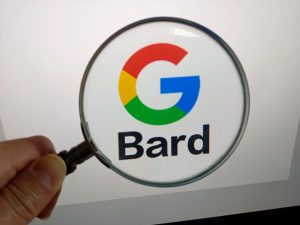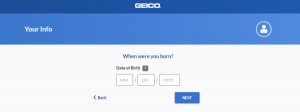Digital marketing has gone mobile. And thanks to smartphones and click-to-call, consumers are responding to search, social, display and other digital ads and campaigns by calling businesses by the billions. These calls, while often the most lucrative type of conversion, are also the most difficult for marketers to measure and optimize, and that can result in a series of potentially damaging issues that can hurt your ROI. Here are six dangers of not attributing customer calls to digital marketing.
1. You miss out on conversions and sales
The goal of digital campaigns is to drive conversions and customers. Those conversions include calls. If you aren’t optimizing for what’s really driving calls, you could be missing out on a majority of leads while also sending customers to your competition.
According to BIA Kelsey, calls will influence $ 1 trillion in U.S. consumer spending this year. This is not a conversion that marketers can afford to ignore. By focusing too heavily on online conversions and ignoring offline conversions, you automatically forfeit more share of that $ 1 trillion to your competition.
2. You can’t optimize keyword bidding to drive real results
Mobile paid search will generate 54 billion calls to US businesses in 2016, driven by the growing paid search investment in mobile, BIA Kelsey found. Marketers recognize that it’s easier and faster for consumers to place a call for more information instead of searching your website or submitting a form.
If you aren’t able to measure how your search keywords are driving calls, you can’t accurately measure performance. You risk bidding on poorly performing keywords while eliminating spend on ones that are actually driving sales.
3. You waste budget on the wrong campaigns
If you ignore calls and only measure online form conversions, you have incomplete ROI data that could lead you to invest budget on the wrong digital campaigns.
Did you know that calls convert to revenue 10x more than web forms (BIA Kelsey)? It’s very important that you’re accurately allocating your digital spend. Don’t just focus on tactics that drive web form submissions. Try using call extensions or call-only ads in paid search, and ensure the copy you use in your ads and on your landing pages incentivizes a call.
4. You can’t tell which landing page variations work best
A/B testing for landing pages is standard operating procedure for digital marketing. Successful testing requires that you know what variations work best in driving quality conversions, which should also include phone calls. Especially since 60 percent of all digital advertising will be viewed on mobile devices this year (eMarketer).
Test a click-to-call CTA on your mobile pages and measure results – this will help you standardize the higher performing landing page variations. Try testing out different placements, colors, sizes, and fonts to determine which option drives the best conversions.
5. You can’t get credit for leads and revenue
Whether you run digital campaigns for an agency or for an internal marketing team, it’s critical that you can prove the value of your campaigns. Your mobile programs will be driving calls and sales – it’s important to get credit for every one to show your full impact on the business.
Sixty-six percent of sales managers rate phone leads as excellent (BIA/Kelsey, DialogTech). Why is this? Callers are actively interested in your product or service. Marketers using call attribution are able to get credit for the high-quality leads they generate and prove their value to sales and other stakeholders.
6. You can’t calculate true ROI and defend your budget
Without an accurate picture of how many calls your digital marketing generates, the quality and outcome of those calls, and their impact on revenue, your ROI data may be grossly inaccurate. You risk significantly underselling your value and struggling to defend your budget.
This number might surprise you, but if you’re unable to track customer calls then you could be misattributing 49 percent of your conversions, according to DialogTech. That’s a big gap in your data. You’re making budget decisions based on a limited amount of data, when you could have everything you need at your fingertips. You could cut your paid search budget because it appears to have low ROI when, in reality, it’s driving valuable customer calls that convert. You’ll never know whether or not your ROI is skewed until you have all of the data at hand.
This is where call attribution software comes in. Call attribution provides complete visibility into how all your digital marketing channels drive call conversions, who those callers are and their impact on revenue. It integrates with the marketing platforms you already use to track and optimize online interactions, making it easy to optimize your digital strategy, messaging and media spend to drive more clicks, calls and customers.
Running an organization that doesn’t include call attribution, as part of its marketing efforts is detrimental to the business.
How businesses attribute call conversions from digital marketing
To avoid these dangers, many marketing teams are using call attribution software. Call attribution software provides complete visibility into how all your digital marketing channels drive call conversions, who those callers are and their impact on revenue. It also integrate with the marketing platforms you already use to track and optimize online interactions, making it easy to optimize your digital strategy, messaging and media spend to drive more clicks, calls and customers.
Digital & Social Articles on Business 2 Community(29)






